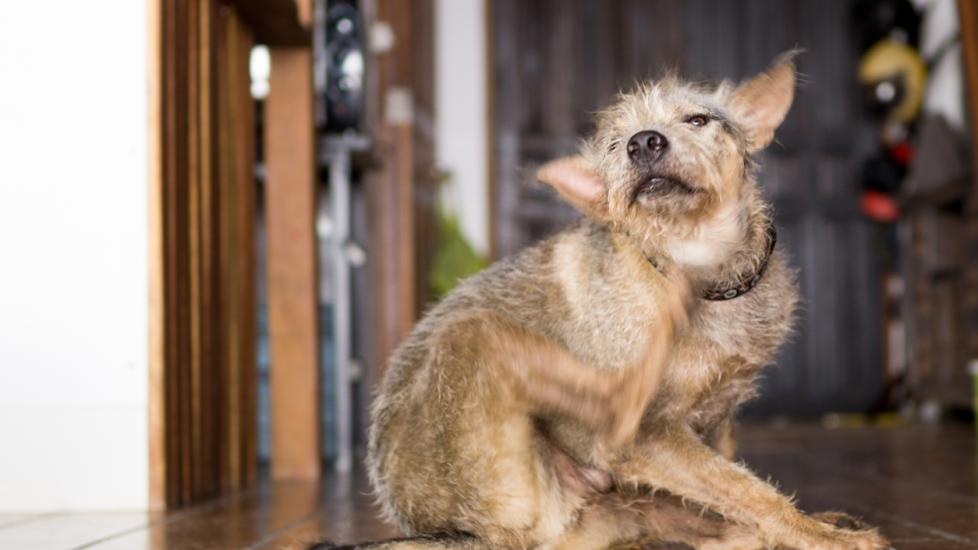Losing a beloved pet is never easy, and the loss of your dog’s fur can be just as heartbreaking. Alopecia, or hair loss, in dogs can be a distressing condition for both pets and their owners. It not only affects the appearance but also signals underlying health issues that need to be addressed promptly. Understanding the causes, symptoms, treatment options, and preventive measures associated with alopecia in dogs will help you provide the best care for your four-legged friend.
Understanding Hair Growth Cycles:
Before delving into what causes hair loss in dogs, it’s essential to understand how a dog’s coat grows and sheds naturally. A healthy dog has three phases in its hair growth cycle: anagen (growth phase), catagen (transitional phase), and telogen (resting phase). During telogen, old hairs fall out and are replaced by new ones during the next anagen phase. This natural process ensures a continuous renewal of the coat.
Causes of Dog Hair Loss:
There are numerous reasons why dogs may experience hair loss. Some common causes include:
- Genetics: Hereditary conditions like hypotrichosis (abnormal hair structure) or trichorrhexis nodosa (hair breakage due to abnormal keratinization) can lead to hair loss.
- Skin Infections: Bacterial infections such as staph (Staphylococcus) or yeast overgrowth can cause inflammation and subsequent hair loss.
- Allergies: Environmental allergies to things like pollen, flea bites, or certain foods can trigger allergic dermatitis leading to hair loss around the face, ears, feet, and belly.
- Parasites: Mites like Demodex, Sarcoptes scabiei, and ticks can infest the skin and cause irritation and hair loss.
- Medical Conditions: Diseases affecting the immune system (like lupus), endocrine disorders (Cushing’s disease, hypothyroidism), and even some cancers can result in hair loss.
- Nutritional Deficiencies: Insufficient intake or absorption of nutrients necessary for hair growth, such as biotin, protein, omega-3 fatty acids, or zinc, can contribute to hair loss.
- Physical Trauma: Constant friction from collars or harnesses, excessive bathing without proper conditioning, or harsh chemicals used on the coat can damage the hair follicles.
Identifying Signs of Hair Loss:
Look for these signs to determine if your dog might have alopecia:
- Patches of thinning or missing hair across the body, especially where there should be significant hair growth.
- Scratching, biting at the affected area, or showing signs of discomfort when touched.
- Redness, scaling, or crusty skin where hair is falling out.
- Changes in behavior, including lethargy or changes in appetite.
Diagnosis and Treatment:
To identify the cause of hair loss, your veterinarian will likely perform a thorough physical exam, possibly including blood tests, skin scrapings, and other diagnostic procedures. Once the underlying issue is identified, they will recommend appropriate treatments. These could range from antibiotics for bacterial infections to allergy medications, dietary adjustments, supplements, steroids, or immunosuppressive drugs depending on the cause. Additionally, regular grooming and maintenance of a healthy diet can support overall skin and coat health.
Prevention Strategies:
Here are some steps you can take to prevent hair loss in your dog:
- Regular Grooming: Brush your dog regularly to remove loose hair before it falls out naturally and to distribute oils throughout the coat.
- Healthy Diet: Feed high-quality food rich in proteins, vitamins, and minerals that support skin and coat health.
- Regular Checkups: Schedule routine vet visits to catch potential problems early.
- Avoid Overbathing: Only bathe your dog when necessary and use mild shampoos formulated for dogs.
- Monitor Allergens: Keep track of seasonal allergens and limit exposure to known triggers.
- Protect Against Parasites: Use flea and tick prevention products according to your veterinarian’s recommendations.
In conclusion, alopecia in dogs can stem from various factors, requiring patience, diligence, and professional veterinary guidance to manage effectively. By recognizing the signs, seeking prompt diagnosis, implementing tailored treatments, and adopting preventive strategies, you can ensure your dog maintains a lush and vibrant coat while enjoying good health. Remember, every dog is unique, so consult with your veterinarian about specific nutritional needs and lifestyle choices that are right for your canine companion.
